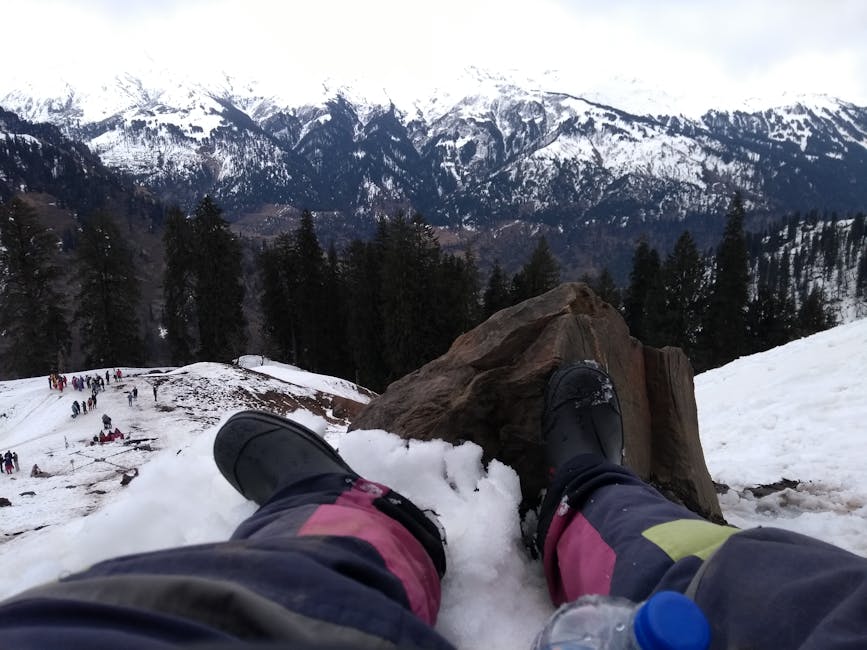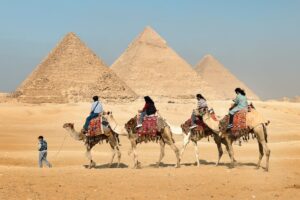The Beauty and Fragility of Wildlife
As a travel writer, I have been fortunate enough to witness the incredible diversity of wildlife on this planet. From the majestic elephants of Africa to the playful dolphins of the Caribbean, these creatures never fail to amaze and inspire me. However, as I have traveled to different destinations, I have also seen firsthand the negative impact that human activities can have on these fragile ecosystems. That’s why I want to talk about the important role of responsible tourism in protecting wildlife.
What is Responsible Tourism?
Responsible tourism, also known as sustainable tourism, is a way of traveling that takes into consideration the social, economic, and environmental impacts of tourism. It aims to minimize the negative effects of tourism while maximizing the positive ones. This includes supporting local communities, preserving cultural heritage, and protecting the natural environment.
The Negative Impact of Irresponsible Tourism on Wildlife
Unfortunately, irresponsible tourism can have devastating consequences for wildlife. Many popular tourist destinations have seen a decline in their wildlife populations due to factors such as habitat destruction, pollution, and over-tourism. For example, the Great Barrier Reef in Australia has lost half of its coral in the last 30 years due to climate change and irresponsible tourism practices.
Wildlife can also suffer directly from human interactions. In some places, tourists may participate in activities such as elephant rides or swimming with dolphins, unaware of the harm that is caused to these animals. In other cases, tourists may feed or touch wild animals, disrupting their natural behavior and sometimes causing injury or illness.
The Role of Responsible Tourism in Wildlife Protection
Now, more than ever, it is crucial for travelers to be aware of the impact their actions can have on wildlife. Responsible tourism practices can help to protect and preserve the natural habitats of these animals, ensuring their survival for future generations to enjoy.
One way responsible tourism can benefit wildlife is through supporting conservation efforts. Many ecotourism destinations and wildlife reserves rely on tourism as a source of income to fund conservation programs and protect endangered species. By choosing to visit these places, travelers are directly contributing to the protection of wildlife.
Additionally, responsible tourism encourages sustainable practices that can help reduce the negative impact on wildlife. For example, choosing eco-friendly accommodations, using reusable water bottles, and properly disposing of waste can all make a difference in preserving the natural environment for wildlife.
How You Can Practice Responsible Tourism
As travelers, we have the power to make a positive impact on the places we visit. Here are some simple ways you can practice responsible tourism and help protect wildlife:
– Do your research: Before booking a trip, research the destination and the tourism practices in place. Avoid places or activities that exploit or harm wildlife.
– Respect the natural environment: When visiting natural areas, stay on designated paths and do not disturb or remove any plants or animals.
– Say no to animal products: Refrain from buying products made from endangered or protected animals, such as ivory or turtle shells.
– Support local communities: Choose to stay in locally owned accommodations, eat at local restaurants, and purchase souvenirs from local artisans. This helps to support the local economy and preserve cultural traditions.
– Educate yourself and others: Learn about the local wildlife and educate others on the importance of responsible tourism. Encourage friends and family to also practice responsible tourism when traveling.
Conclusion
The beauty and diversity of wildlife around the world is a precious gift that we must protect. By practicing responsible tourism, we can ensure that these creatures continue to thrive and inspire future generations. Let’s all do our part and create a more sustainable and harmonious relationship between tourism and wildlife. Happy travels!




